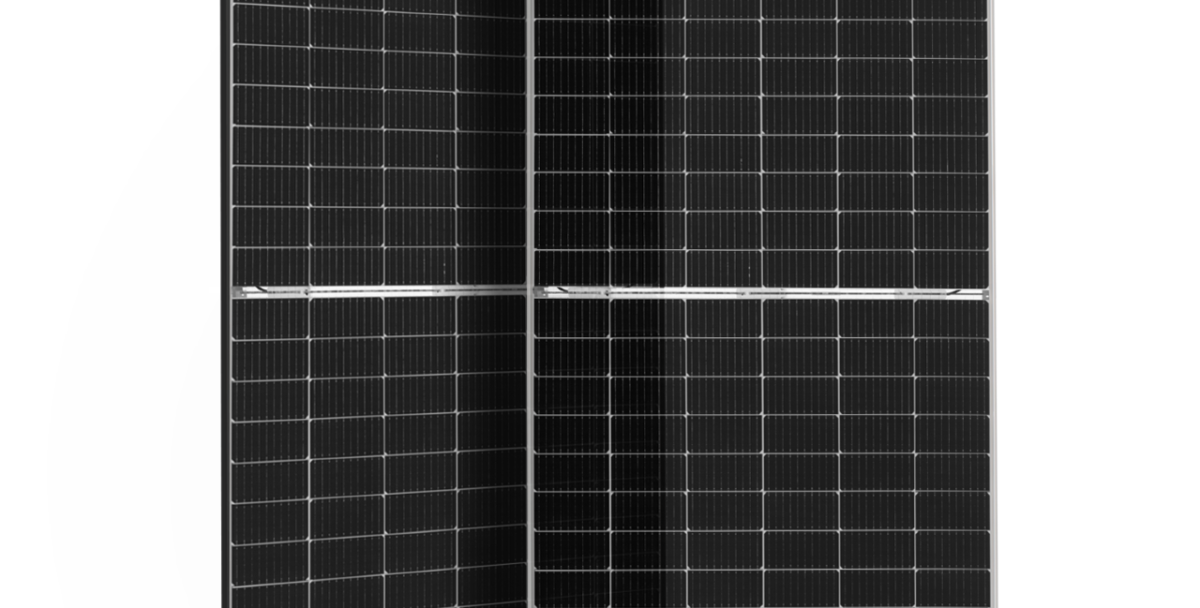From pv magazine International
JinkoSolar today announced a new world record for n-type solar cell efficiency, at 25.4%. The achievement has been confirmed by the Japan Electrical Safety and Environment Technology Laboratories (JET), making it the fourth time this year that Jinko has raised the bar for n-type cell efficiency using its tunnel oxide passivated contact (TOPCon) technology. The record surpasses Jinko’s previous achievement of 25.25%, announced in May.
According to Jinko, a hydrogenation process developed in collaboration with Australia’s University of New South Wales was key to the achievement here, alongside ultrafine metallization, an advanced diffusion process, and various material upgrades.
“This is a big milestone in our R&D capabilities to make clean energy affordable and sustainable for everyone,” commented Jinkosolar chief technology officer Hao Jin. “We will continue to lead with innovative products and solutions for our global customers who depend on us for our breakthrough technology and reliable supply chain.”
It is not clear whether the hydrogenation process used to produce this record-setting solar cell has been implemented in commercial production. Last month, the company worked with UNSW to demonstrate its potential, producing a batch of cells in an ‘industrial environment’ and achieving average efficiency of 24.08%. The hydrogenation treatment was shown to add 0.64% on average to each cell’s efficiency.
Green world award
JinkoSolar also received further recognition this week, being awarded the Green World Award by non-profit The Green Organization, for its commitment to environmental best practice. “The Green World Awards are a great honor for JinkoSolar and its employees. Investing in sustainability pays off – for us, for our customers, and for the environment,” said Dany Qian, VP of JinkoSolar, “we have firmly anchored our sustainability strategy along our entire value chain. And we will foster sustainability on the part of our suppliers and business partners, in their own operations and on the customer side.”
Scaling up n-type
The achievement comes as Jinko and other leading solar cell and module makers ponder a switch to n-type in their mainstream manufacturing operations. TOPCon affords manufacturers the chance to upgrade existing production lines for PERC technology, rather than building entirely new lines as heterojunction and other n-type cell architectures would require.
Analysts expect n-type technologies to begin growing rapidly after 2022, with TOPCon the initial leader. According to PV InfoLink, by 2025 we will see more than 100 GW of n-type production capacity, with TOPCon accounting for around 60%.
This content is protected by copyright and may not be reused. If you want to cooperate with us and would like to reuse some of our content, please contact: editors@pv-magazine.com.









1 comment
By submitting this form you agree to pv magazine using your data for the purposes of publishing your comment.
Your personal data will only be disclosed or otherwise transmitted to third parties for the purposes of spam filtering or if this is necessary for technical maintenance of the website. Any other transfer to third parties will not take place unless this is justified on the basis of applicable data protection regulations or if pv magazine is legally obliged to do so.
You may revoke this consent at any time with effect for the future, in which case your personal data will be deleted immediately. Otherwise, your data will be deleted if pv magazine has processed your request or the purpose of data storage is fulfilled.
Further information on data privacy can be found in our Data Protection Policy.